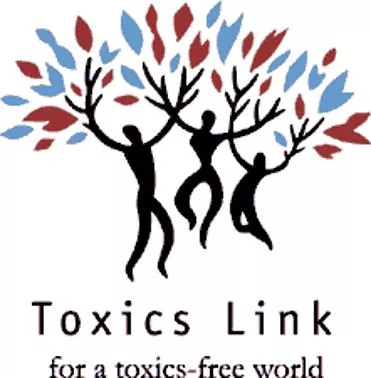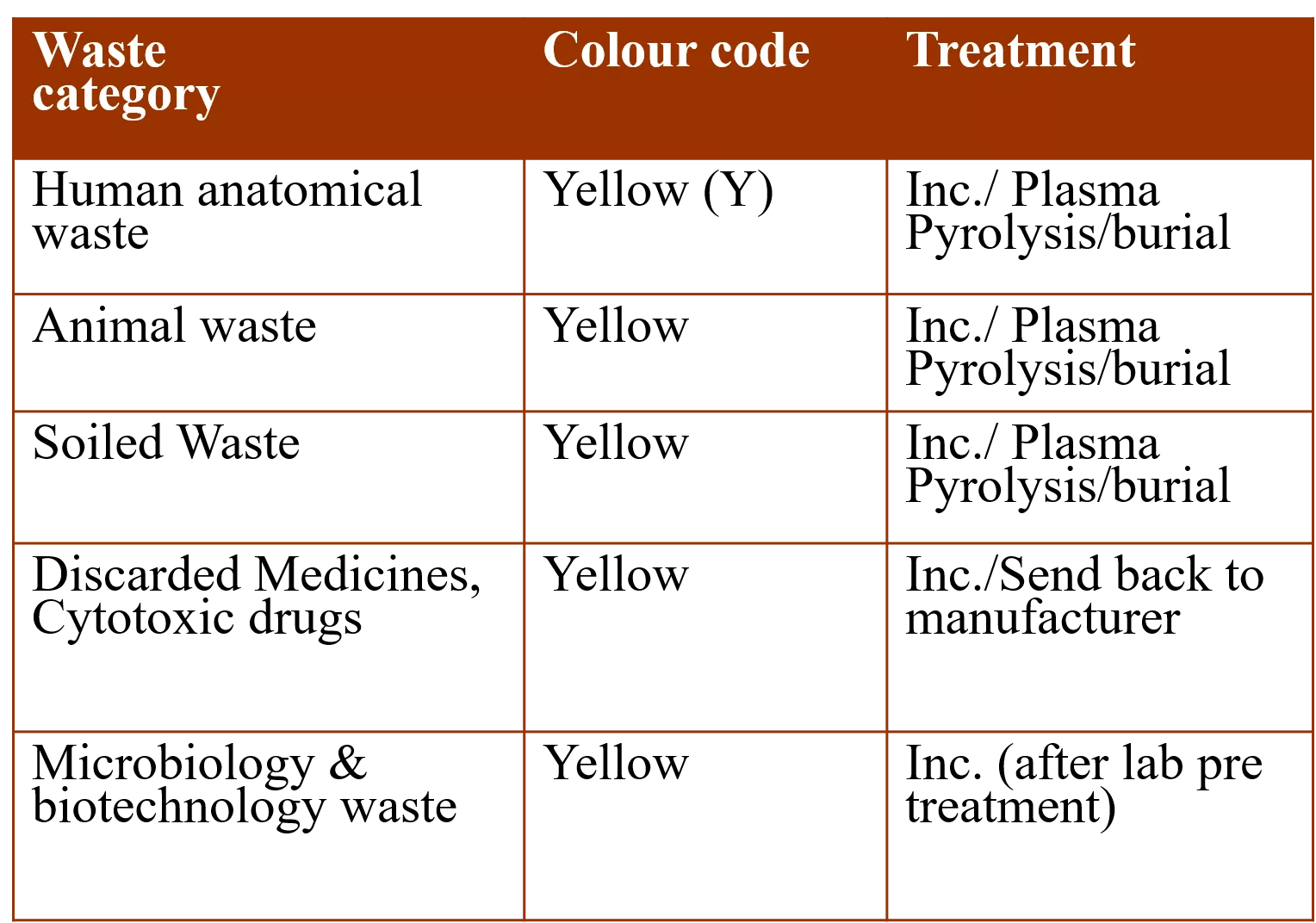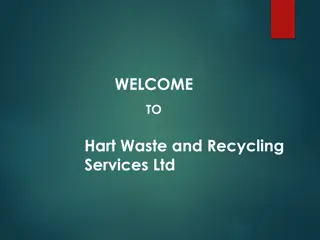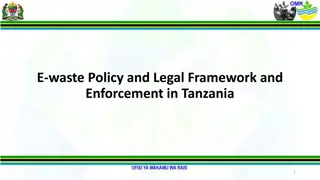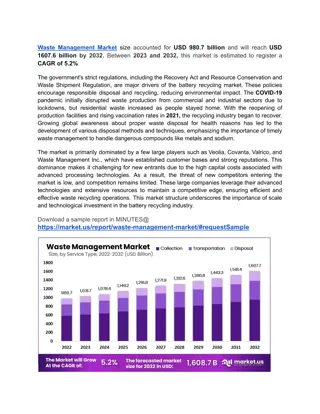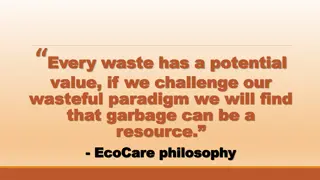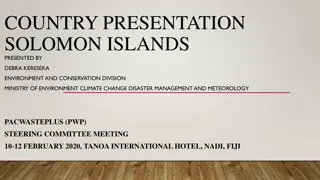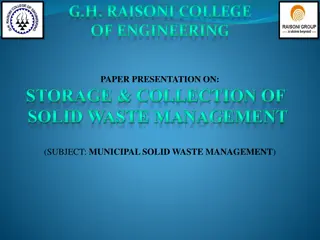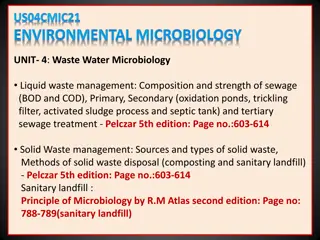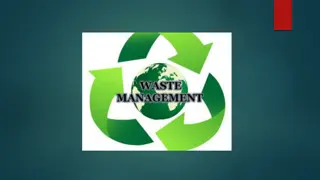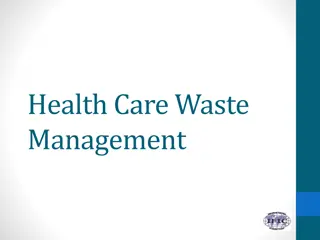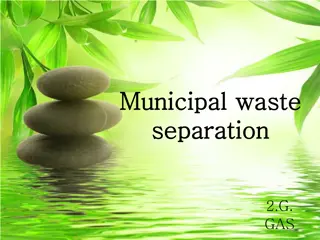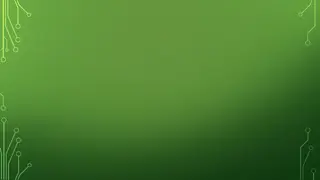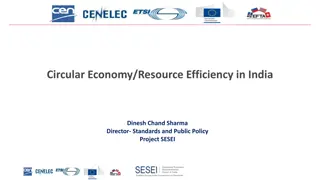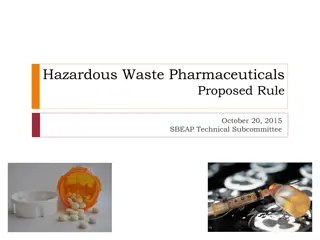Effective Biomedical Waste Management Strategies
Proper management of biomedical waste is crucial for infection control, hazard reduction, cost savings, and legal compliance. Segregation, color coding, disinfection, and proper treatment methods are essential for handling different types of hazardous waste efficiently. Understanding these processes helps in minimizing risks and ensuring environmental safety.
Download Presentation

Please find below an Image/Link to download the presentation.
The content on the website is provided AS IS for your information and personal use only. It may not be sold, licensed, or shared on other websites without obtaining consent from the author. Download presentation by click this link. If you encounter any issues during the download, it is possible that the publisher has removed the file from their server.
E N D
Presentation Transcript
Managing special wastes Segregation: colour coding Disinfection Sharps management Hazardous waste oMercury o Glutaraldehyde o Cytotoxic drugs o Pharmaceuticals o Radioactive waste Understanding and Simplifying Bio-medical Waste Management A training manual for trainers
Categories and colour codes for waste segregation Waste category Colour code Treatment Human anatomical waste Yellow (Y) Inc./ Plasma Pyrolysis/burial Animal waste Yellow Inc./ Plasma Pyrolysis/burial Inc./ Plasma Pyrolysis/burial Soiled Waste Yellow Discarded Medicines, Cytotoxic drugs Yellow Inc./Send back to manufacturer Microbiology & biotechnology waste Yellow Inc. (after lab pre treatment) Understanding and Simplifying Bio-medical Waste Management A training manual for trainers
Categories and colour codes Waste category Colour code Treatment Chemical waste Yellow Inc./Plasma Pyrolysis/ HSDF Chemical Liquid waste Resource Recovery; Pretreatment; discharge Discarded/cont aminated linen, mattresses etc. Yellow Non-chlor. Chemical disinfection; inc./Plasma Pyrolysis Contaminated/ Recyclable Waste Red Auto/hydroclaving/micro waving; shredding; recycling Understanding and Simplifying Bio-medical Waste Management A training manual for trainers
Categories and colour codes Waste category Colour code Treatment Waste Sharps White/ translucent (puncture proof) Autoclave/Shreddin g; landfill Glassware (expect Cytotoxic contaminated) Blue Cardboard boxes Disinfection/auto/hy droclaving/microwa ving; recycling Metallic Body Implants Blue Cardboard boxes - Understanding and Simplifying Bio-medical Waste Management A training manual for trainers
Waste segregation system Yellow Red Blue White Human tissues, organs, body parts, animal waste, soiled waste, pharmaceuticals, cytotoxic drugs, chemical, microbiological & biotechnological waste Contaminat ed (recyclable) waste Glassware and metallic body implants Sharps waste Understanding and Simplifying Bio-medical Waste Management A training manual for trainers
Only 15-20% of hospital waste is infectious/hazardous Segregate waste, it helps: In infection control Reduces the hazards associated with infectious waste Avoids hazards caused by improper treatment eg. Incineration of PVC, mercury or other chemicals Saves money spent in treatment Avoids illegal reuse Decreases occupational hazards Favours recycling Fulfills requirement of law Understanding and Simplifying Bio-medical Waste Management A training manual for trainers
Segregation making a difference Tips to ensure good segregation: All bins equally easy to use: in terms of handling and placement Optimum number of bins: neither less nor more Clean bins Easy operation Different coloured bins for each category of waste Proper labelling of bins Posters in the work area as a constant reminder Understanding and Simplifying Bio-medical Waste Management A training manual for trainers
Chemical disinfection 1% Sodium hypochlorite or an equivalent solution Minimum residency time of 30 min. Freshly prepared solution Accurately made concentration 10% solution in case of heavily soaked material/spill Understanding and Simplifying Bio-medical Waste Management A training manual for trainers
Cleaning up a body fluid spill Have a separate mop for spill clean up: Clean the spill either with absorbent cotton and discard it in red bin, or clean with the spill mop (reusable after disinfection in a separate bucket) Now put disinfectant solution on this area and leave it for 10 minutes. Preferably use phenolic agents on floors, or 10% bleaching solution. Wipe with clean mop Understanding and Simplifying Bio-medical Waste Management A training manual for trainers
Sharps management: reducing stick injuries Identify the devices and circumstances in which injuries occur. Maintain records of stick injuries Personnel involved and area Procedure Type of injury Device used Conditions/ circumstances Understanding and Simplifying Bio-medical Waste Management A training manual for trainers
Evolving sharps management Risk area identification During operations: by suture needles, passing sharps directly in hands Sharp left unattended Undestroyed sharp Sharps in the wrong container Unsealed sharps container Puncture prone container Understanding and Simplifying Bio-medical Waste Management A training manual for trainers
Evolving sharps management Studies and follow ups Study: one-third injuries being caused by recapping Follow up: Do not recap One layer of surgical gloves appears to decrease the volume of blood injected by solid suture needles by 70% Follow up: Follow universal precautions Understanding and Simplifying Bio-medical Waste Management A training manual for trainers
Health is wealth: manage sharps Always wear gloves: one layer of surgical gloves appears to decrease the volume of blood injected (amount of innoculum) by solid suture needles by 70% Destroy needles, cut syringes using needle destroyer All sharps to be stored in a puncture resistant container Sharps should not be transferred in hands Prohibit recapping Vaccination of all personnel against HBV Start PEP in hospitals Understanding and Simplifying Bio-medical Waste Management A training manual for trainers
Needle-stick bill The U.S. Senate unanimously approved new workplace regulations that will dramatically lower the number of potentially lethal needle sticks. The bill is called the Needle stick Safety and Prevention Act The legislation will require healthcare facilities nationwide to provide their employees with syringes and blood Drawing devices incorporating safety features that retract, blunt or cover the needles after they are used. Studies show that the safety features can reduce accidental needle injuries by up to 80 percent Understanding and Simplifying Bio-medical Waste Management A training manual for trainers
Mercury spill management containment kit Nitrile gloves or two pairs of latex gloves Face mask Protection for the eyes Scotch tape 10 cc syringe Covered plastic/glass container with water Posters depicting the process of mercury containment Understanding and Simplifying Bio-medical Waste Management A training manual for trainers
Mercury spill: thumb rules Never touch mercury with bare hands Wear all protective gears Gather mercury using stiff paper and suck it in a eyedropper/syringe without the needle Pour contents of the syringe in a bottle containing water Put scotch tape around the bottle Keep the syringe for further use Understanding and Simplifying Bio-medical Waste Management A training manual for trainers
Mercury spills: some facts A thermometer may have 1gm of mercury and a sphygmomanometer, around 85-95gms As much as 80% of inhaled mercury may be absorbed in the blood stream and the biological half-life of this is around 60 days 1gm of mercury is enough to contaminate a lake of 20 acres Mercury vapour levels in the BP apparatus monitoring and calibrating stations may sometimes reach the ceiling value of 1mg/10m3 as established by OSHA. Understanding and Simplifying Bio-medical Waste Management A training manual for trainers
Mercury spills: some facts A nurse may take 15 minutes to 12 hours to properly clean up a spill The room would need to be sealed and cleaned Cost of spill kits (including good protective gear) is $ 5-200 In Minnesota it was estimated that it costs $ 2,500- 3000 to remove one pound (0.4538kg) of mercury from a municipal waste incinerator s air emissions Understanding and Simplifying Bio-medical Waste Management A training manual for trainers
Spill cleanup guidelines Ontario Ministry of Labor s cleanup guidelines: Written policy and procedures for cleanups Policy to be posted at all work places Training of staff on method of cleanups and use of protective gear Understanding and Simplifying Bio-medical Waste Management A training manual for trainers
Minor spills Small spills can be cleaned up with a vacuum cleaner equipped with charcoal filter or water trap Surfaces should then be washed with mercury neutralising solution (like 20% calcium sulphide or 20% sodium thiosulphate) Sulphur powder can be sprinkled over the area immediately after spill to avoid mercury vapourisation (till cleaning up) Understanding and Simplifying Bio-medical Waste Management A training manual for trainers
Glutaraldehyde safety action plan Identify all usage locations Monitor exposure levels Training Use personal protective equipment Administrative controls Work practice controls Engineering controls Neutralise solution before discarding Develop a spill cleanup plan Understanding and Simplifying Bio-medical Waste Management A training manual for trainers
Cytotoxic waste Disposal: Disposed of either by incineration/Plasma Pyrolysis/Encapsulation at CBWTF of HSDF site or send back to the manufacturer. Cleanup of small spills: 5ml or 5g outside a hood should be wiped with absorbent gauze and then cleaned (thrice) with detergent and water. Any glass fragments should be placed in a cardboard or plastic container and then into a CD disposal bag, along with used absorbent pads. Glassware or other contaminated reusable items should be placed in a plastic bag and washed with detergent Understanding and Simplifying Bio-medical Waste Management A training manual for trainers
Spill kits Ready to use kits Labeled and kept in or near preparation or administrative areas. Kits should include: a respirator, chemical splash goggles, two pairs of gloves, two sheets (12x12) of absorbent material, 250-ml and 1- litre spill-control pillows, and a small scoop to collect glass fragments. Finally, the kit should contain two large CD waste-disposal bags. Understanding and Simplifying Bio-medical Waste Management A training manual for trainers
Larger spills Cover spill with absorbent sheets. Damp cloth should be used if powder is involved. Care must be taken not to generate aerosols; restrict access to spill. Use respirators when there is danger of airborne powder or aerosols. Chemical in activators should not be applied to the absorbed drug as it may produce hazardous by- products. (However, sodium thiosulfate can be safely used to inactivate nitrogen mustard.) All contaminated surfaces should be thoroughly cleaned with detergent and then wiped with clean water. Contaminated materials should be disposed of in the CD disposal bag Understanding and Simplifying Bio-medical Waste Management A training manual for trainers
Direct contact with CDs The following actions, as appropriate, should be taken for overt contamination by cytotoxic agents: Immediately change the contaminated gloves or gown. Immediately wash the affected skin area with soap and water and have a physician examine the area as soon as possible. Immediately flood the affected eye with eyewash designated for that purpose; seek medical attention immediately. Report incidents involving skin or eye contact in accordance with hospital procedure Understanding and Simplifying Bio-medical Waste Management A training manual for trainers
Contaminated laundry Shall be handled as little as possible with minimum agitation Bagged at the location where it was used and shall not be sorted or rinsed in the location of use Placed and transported in labeled bags or containers If wet and presents a reasonable likelihood of soak- through, the laundry shall be placed and transported in bags or containers which prevent leakage of fluids Ensure that employees who have contact with contaminated laundry wear protective gloves and other appropriate personal protective equipment Understanding and Simplifying Bio-medical Waste Management A training manual for trainers
Follow up meeting with trainees Interactive session: what is being practiced? Problems faced, if any, with segregation, equipment Enlist problems from your monitoring sheets Answer to queries, if any Understanding and Simplifying Bio-medical Waste Management A training manual for trainers


